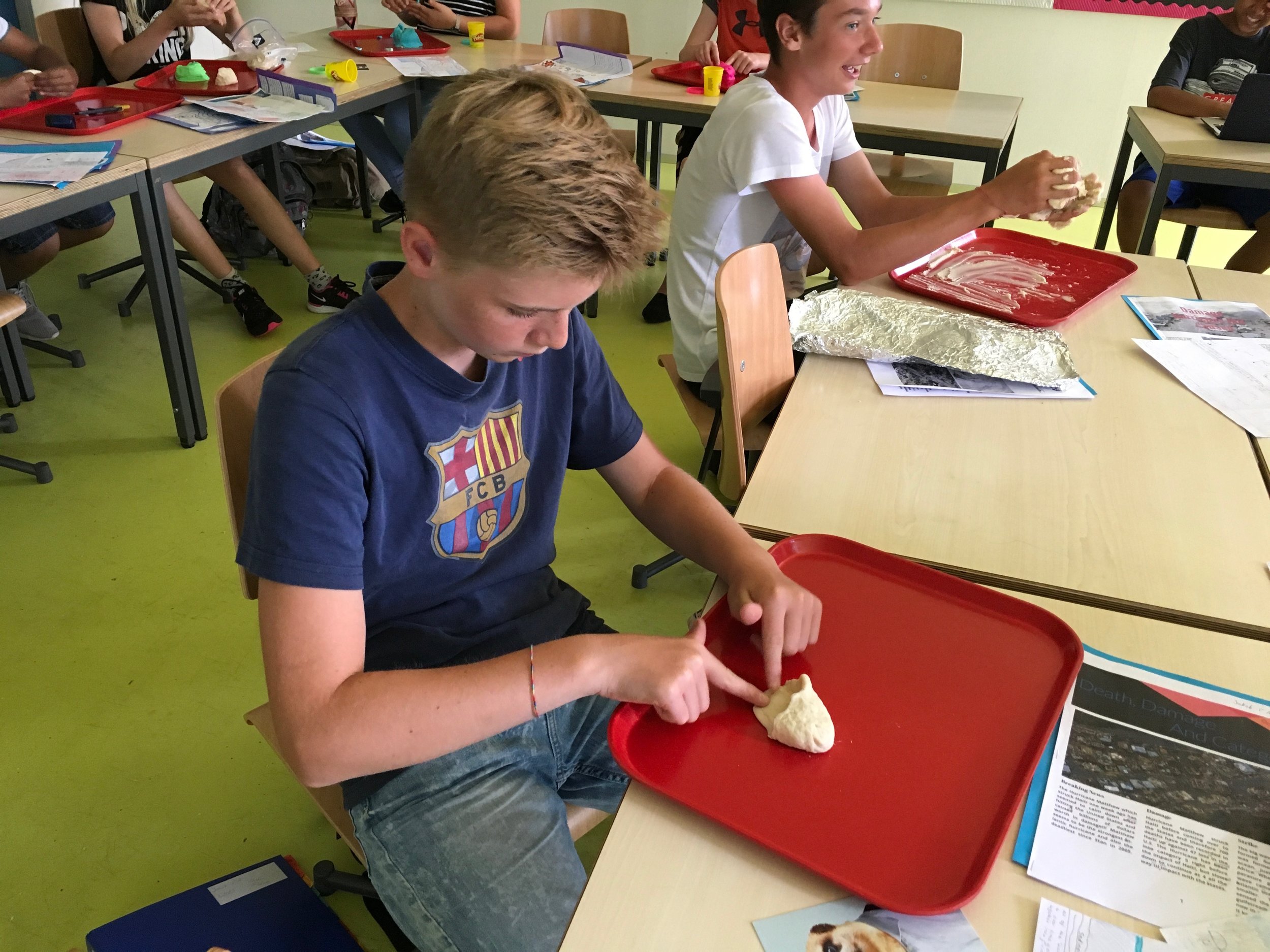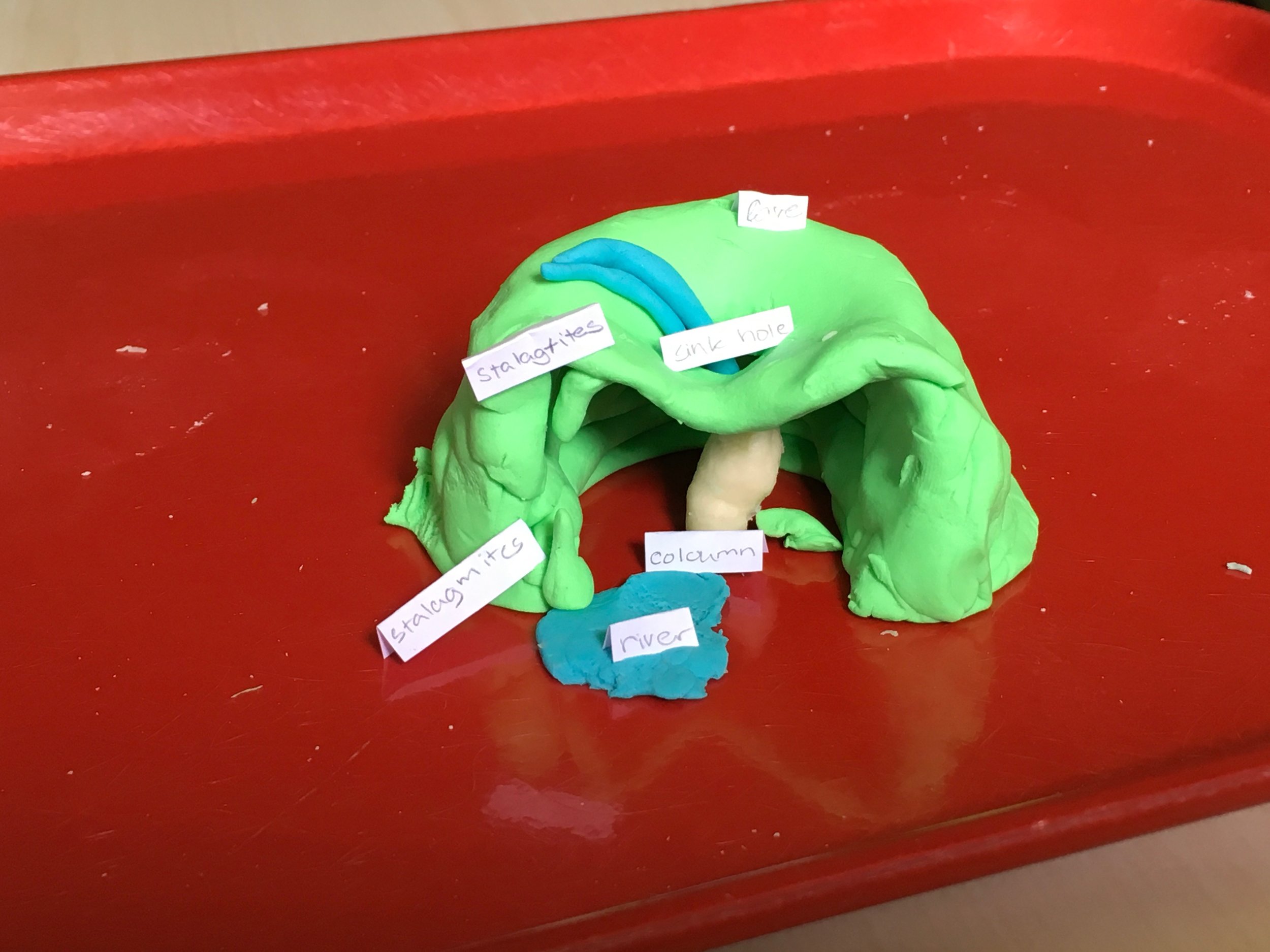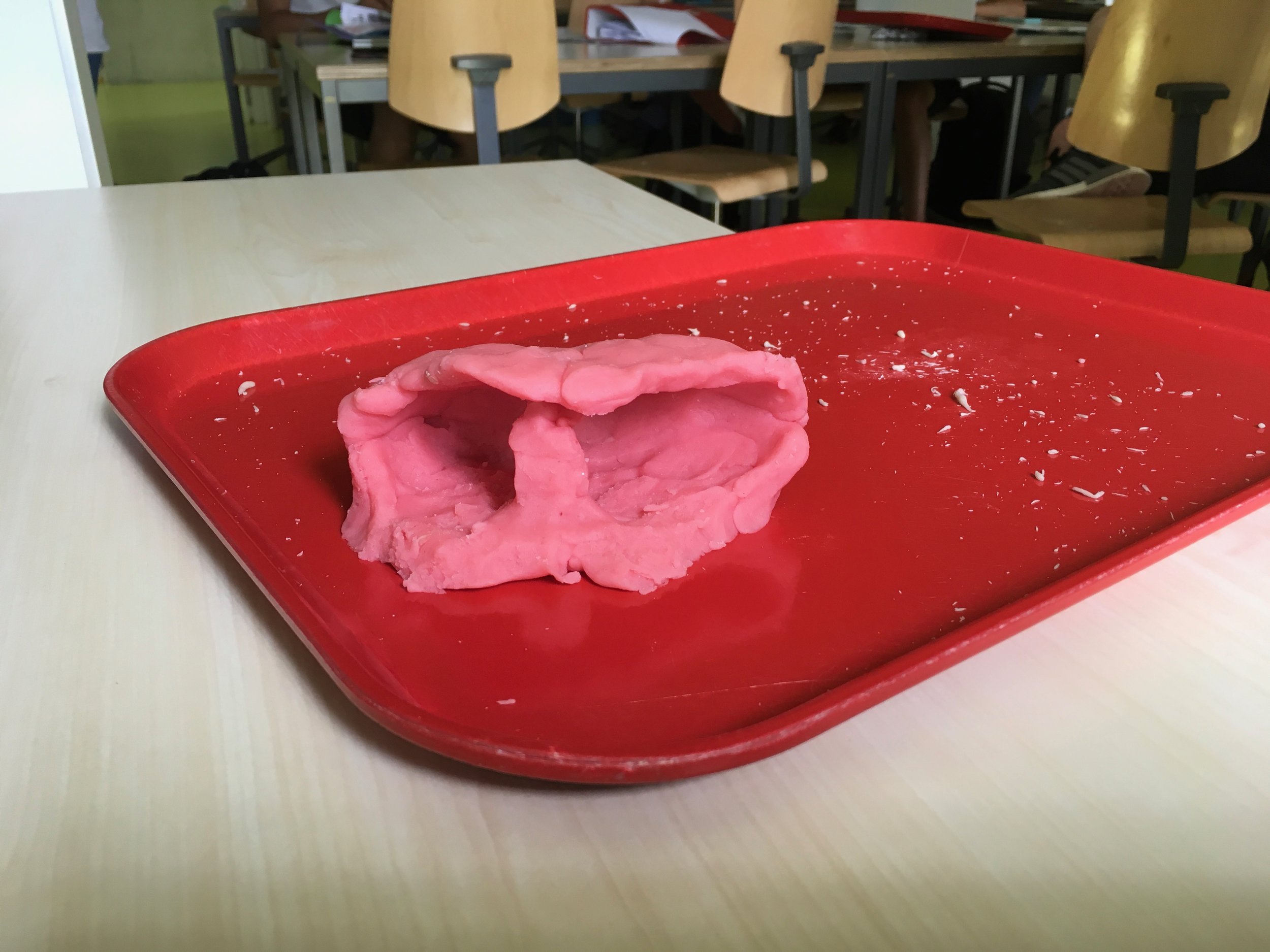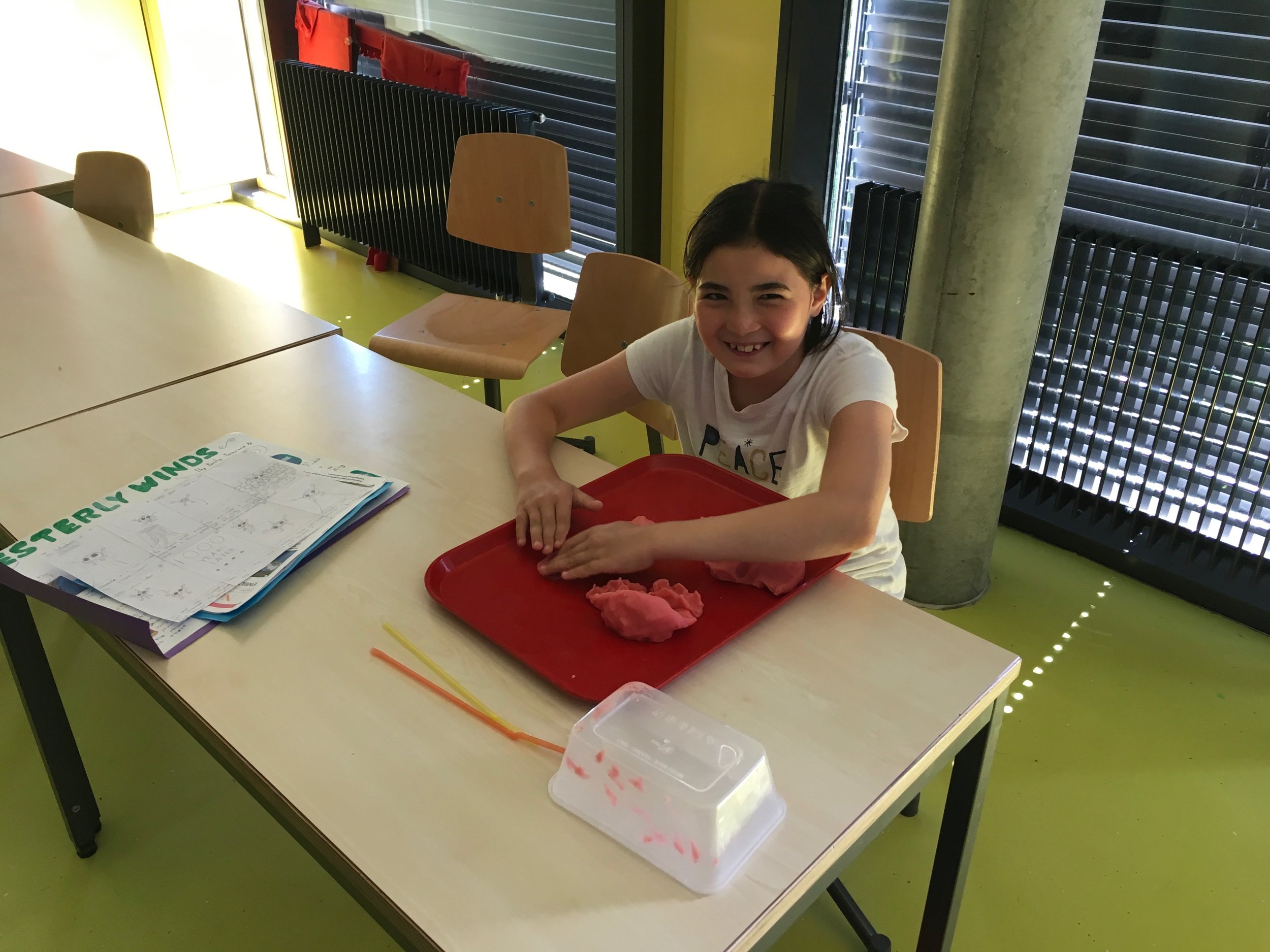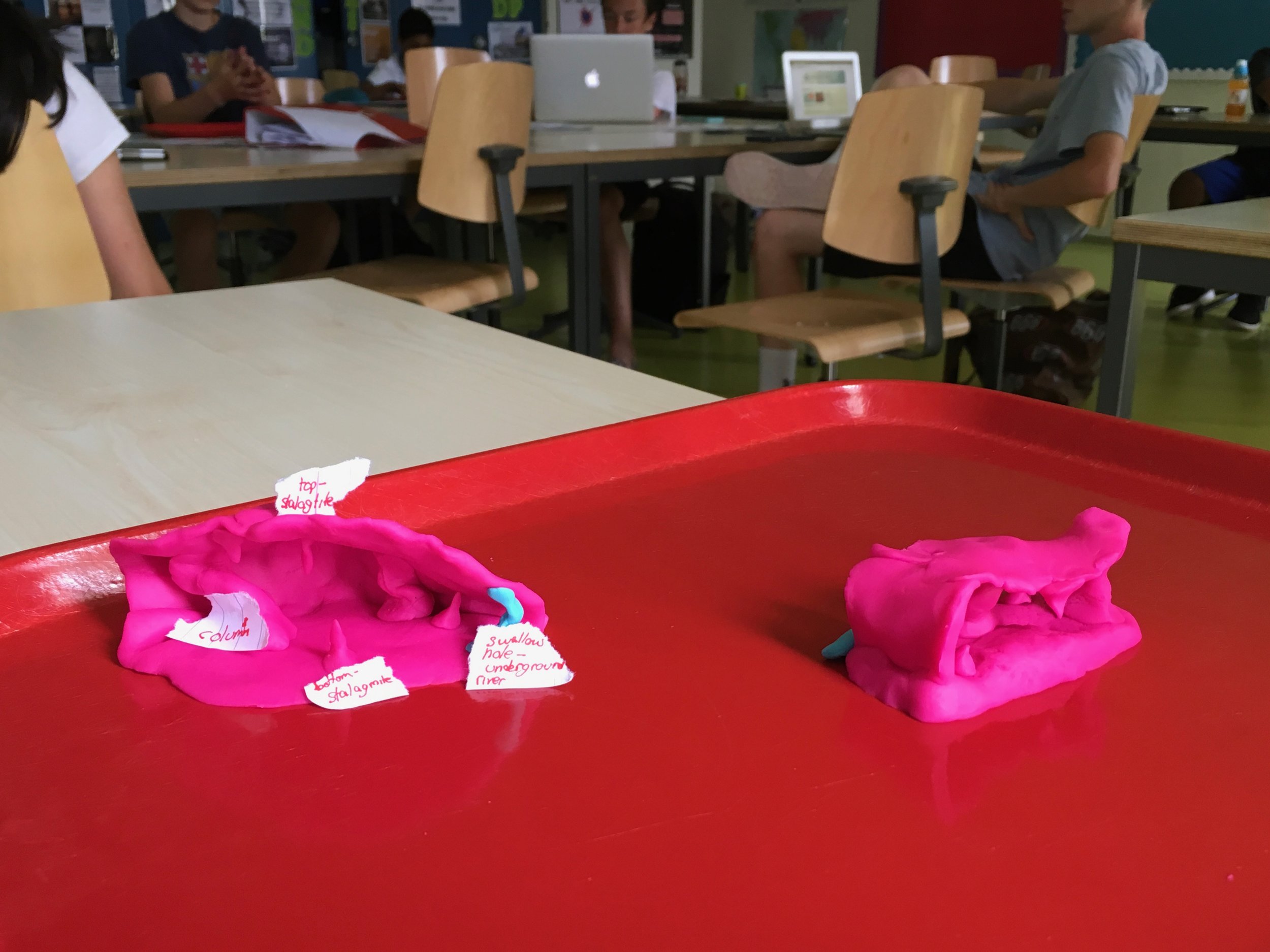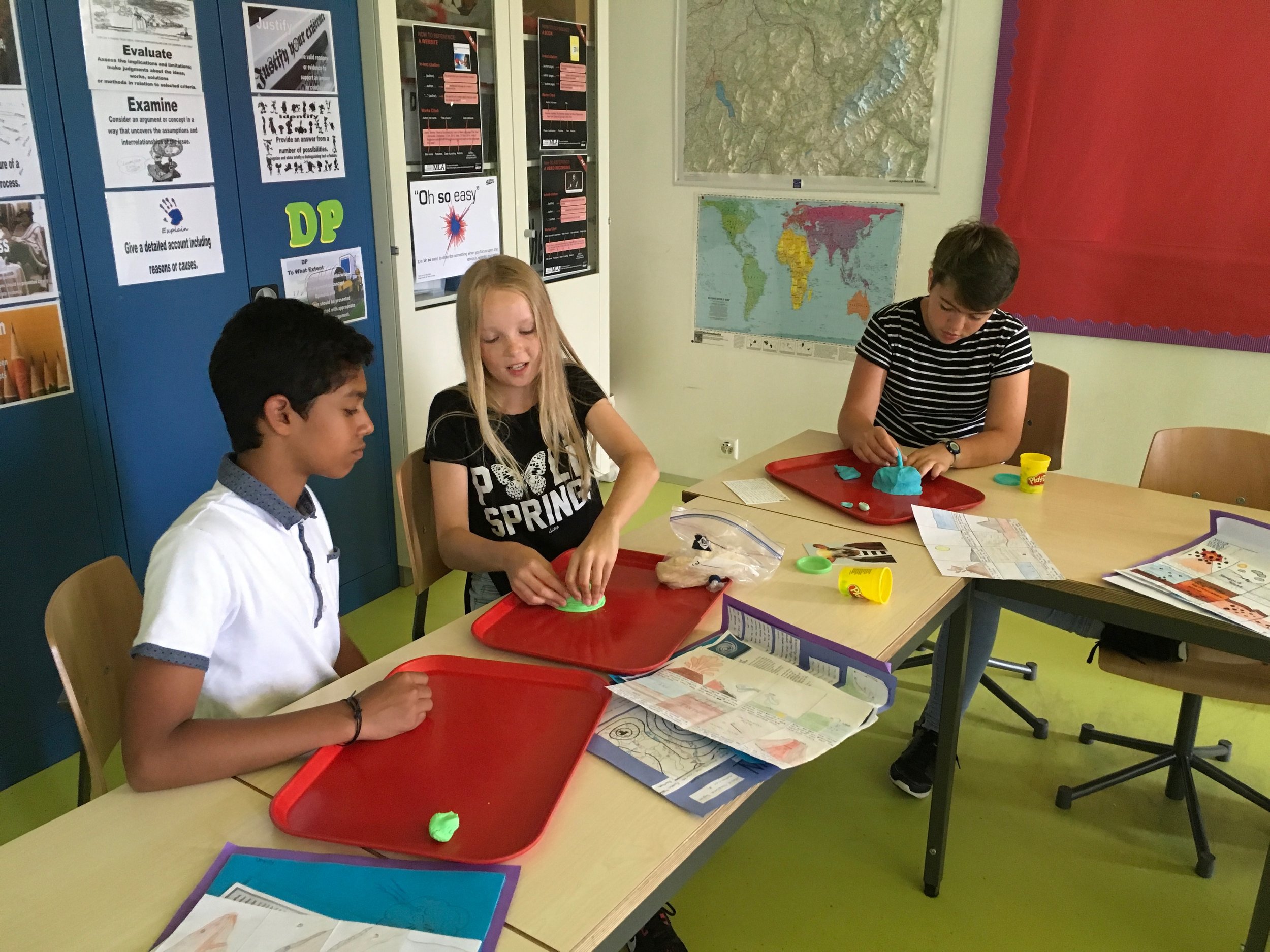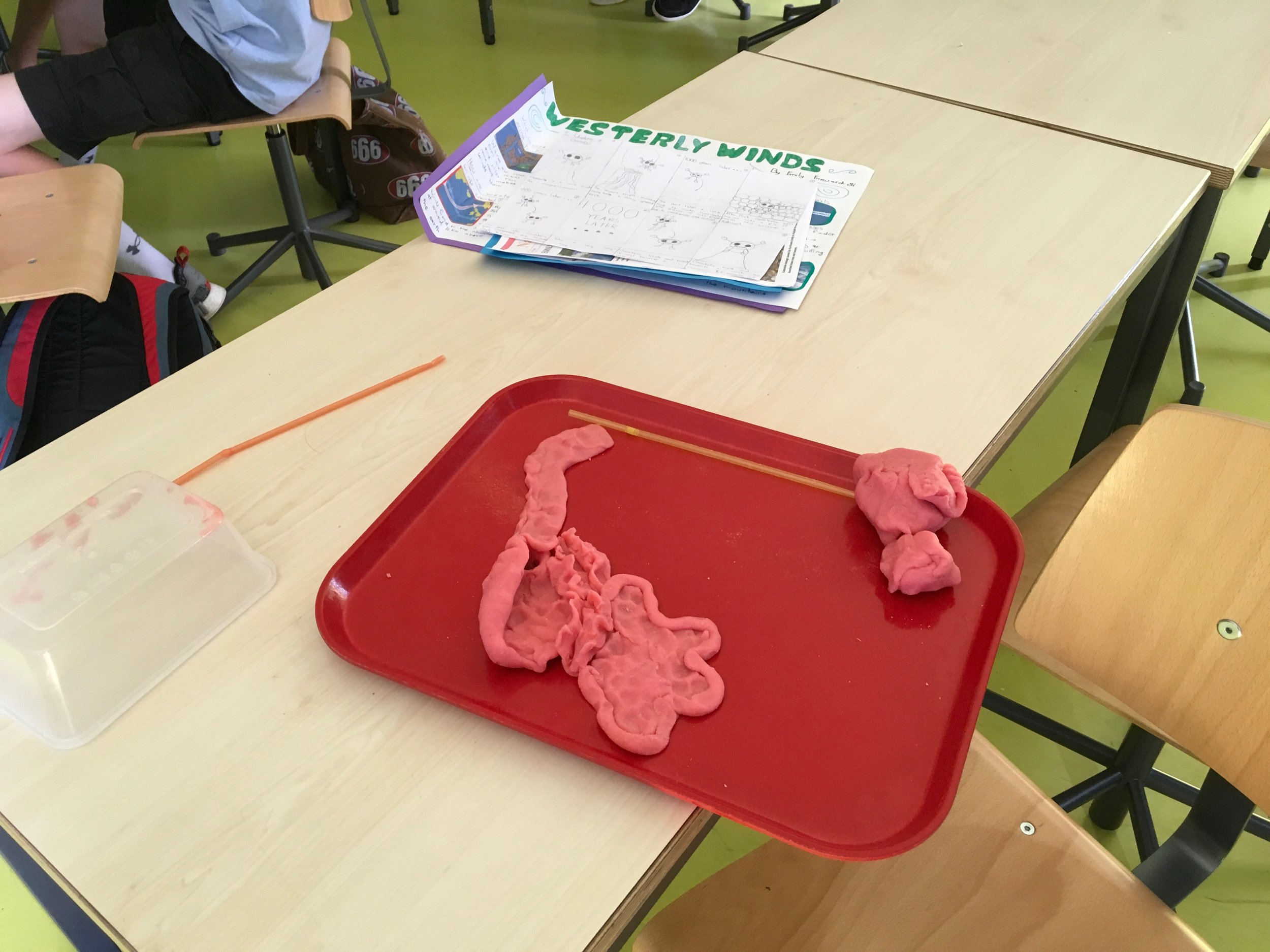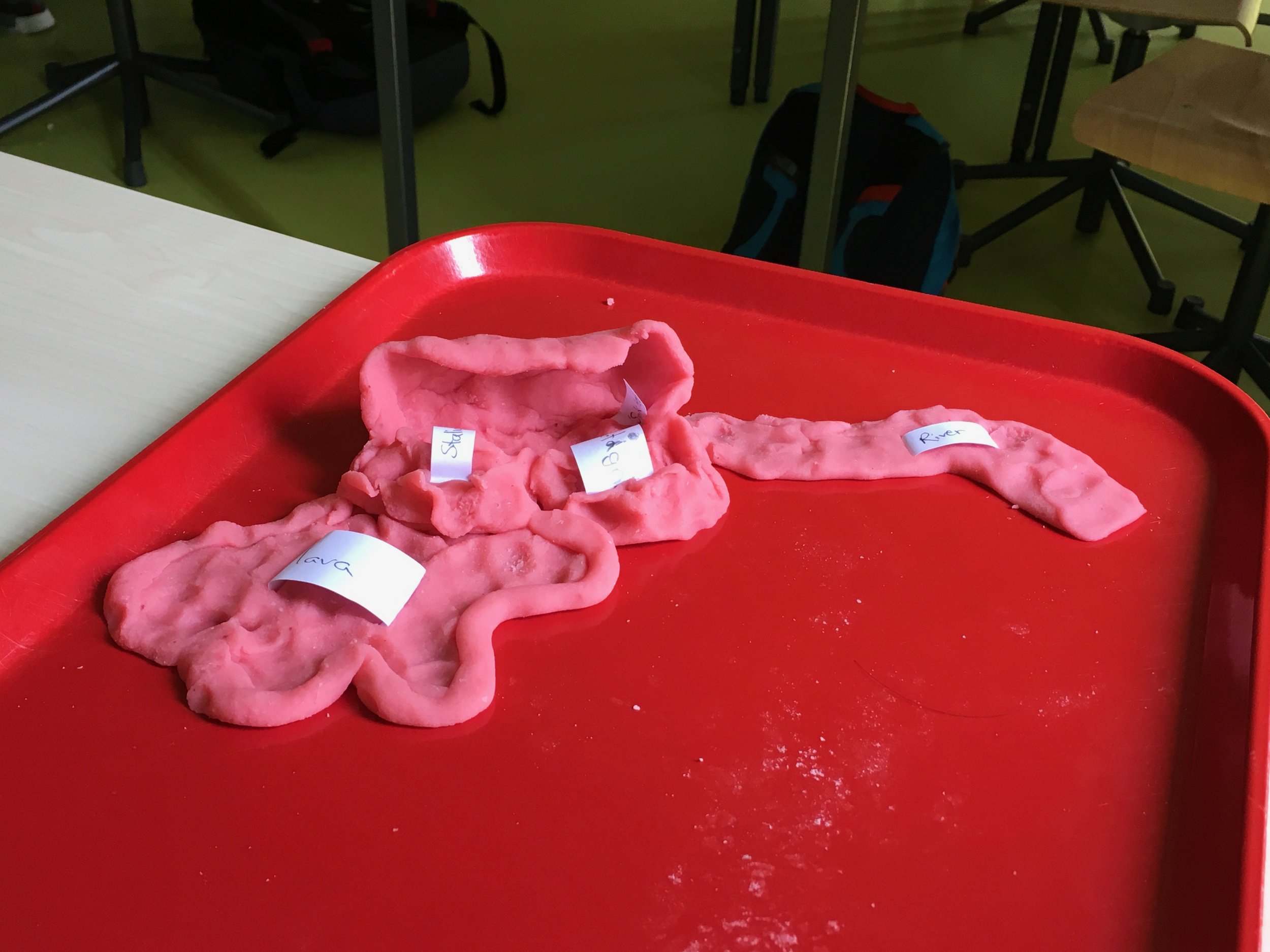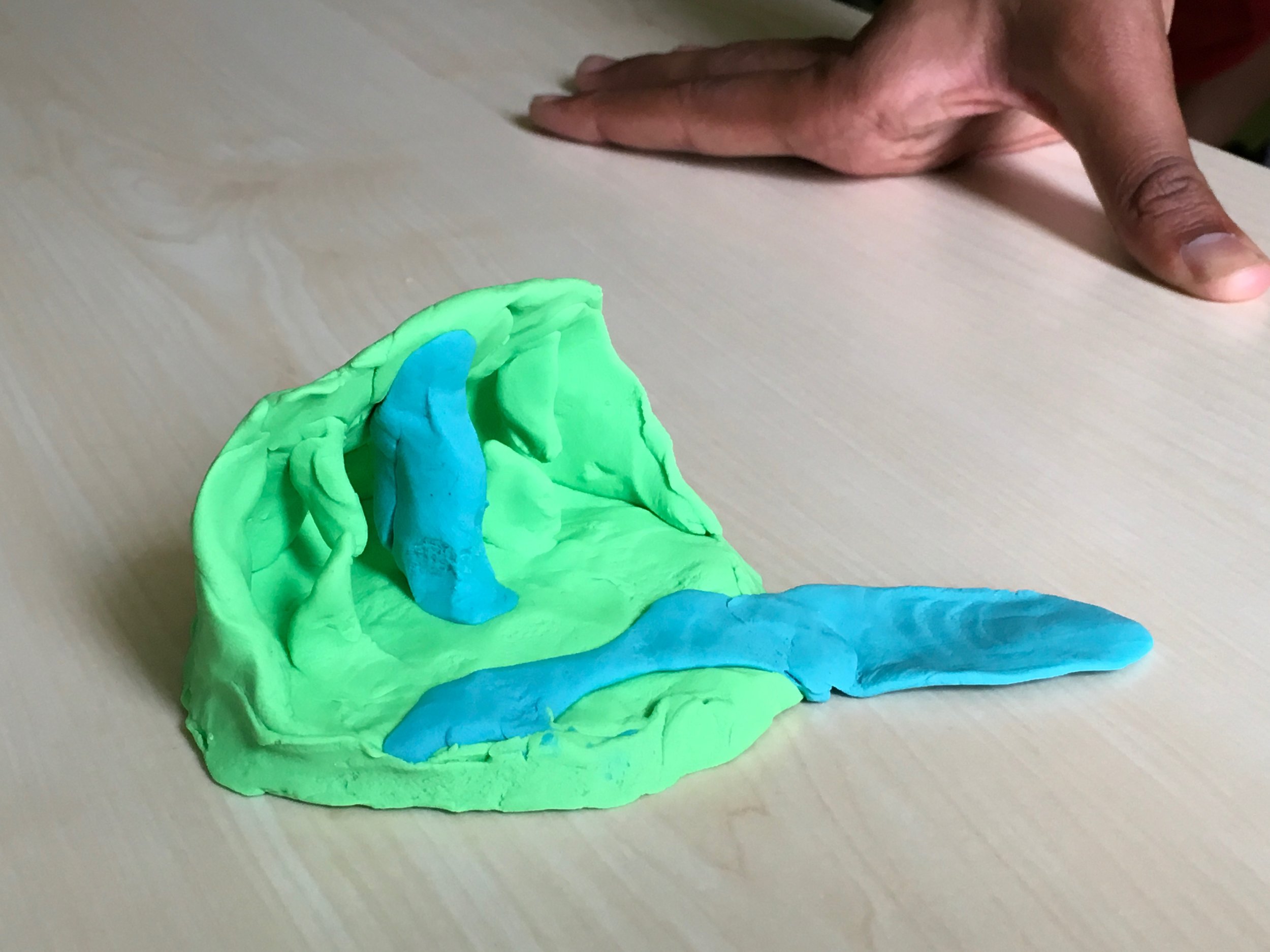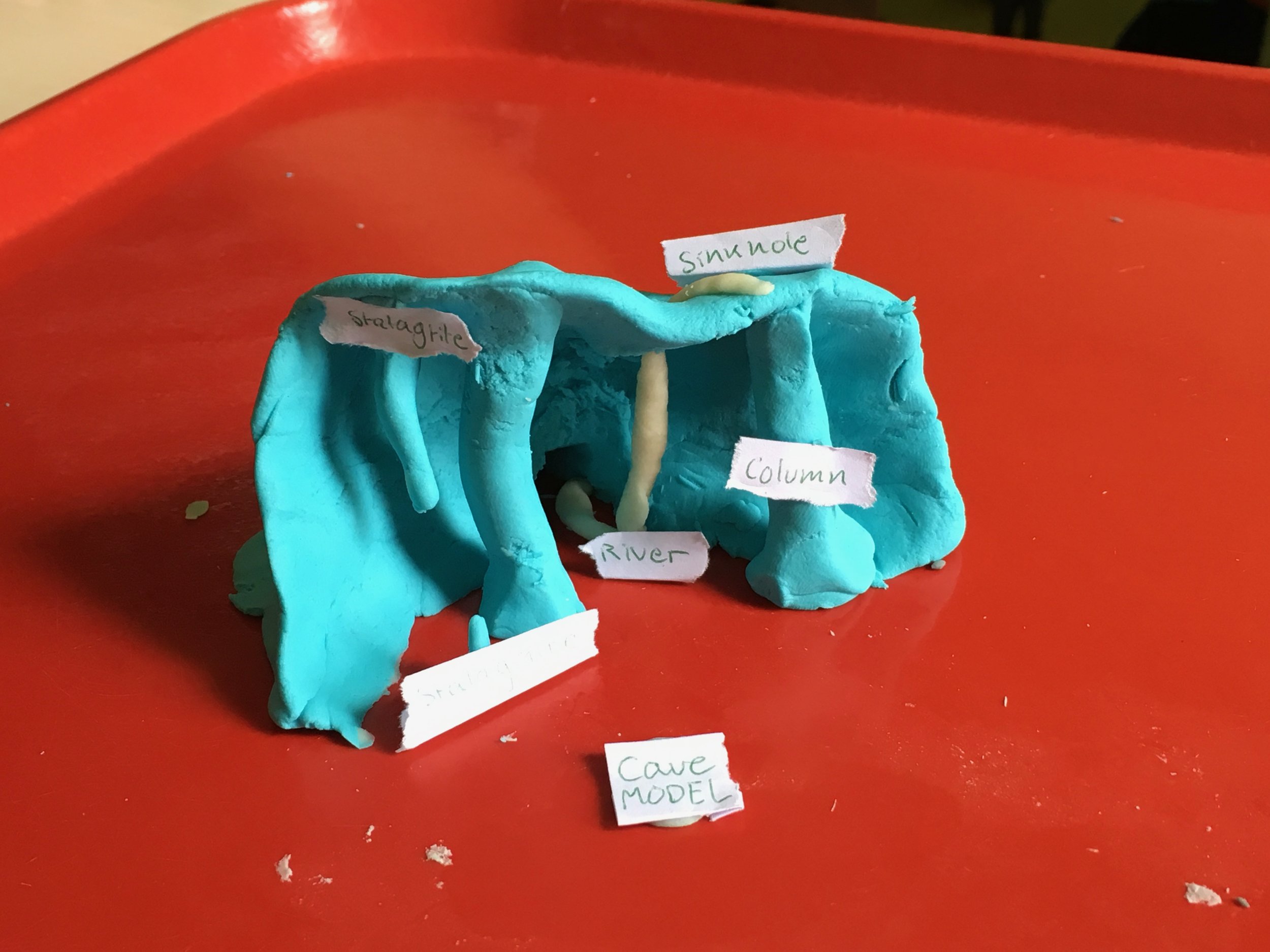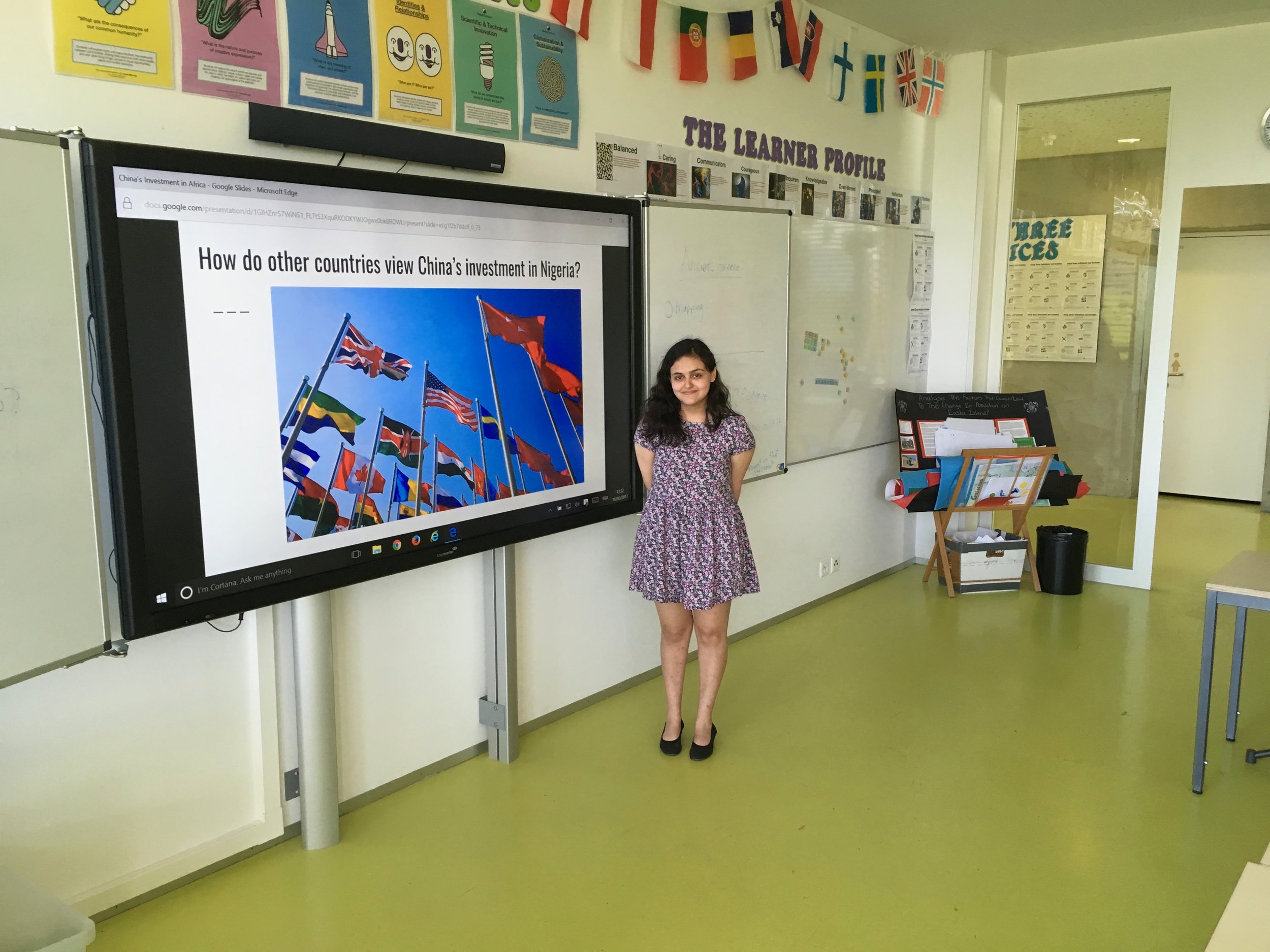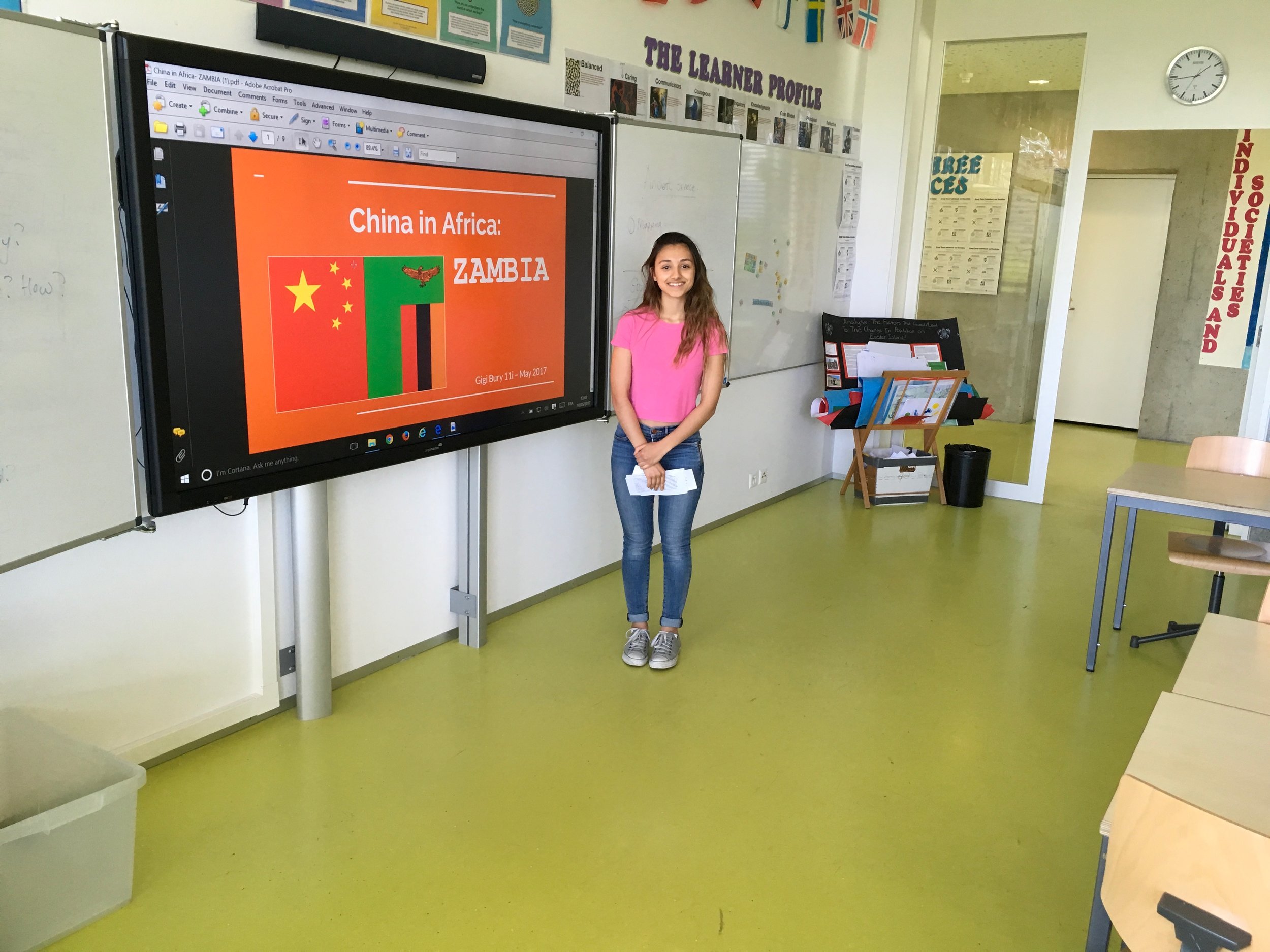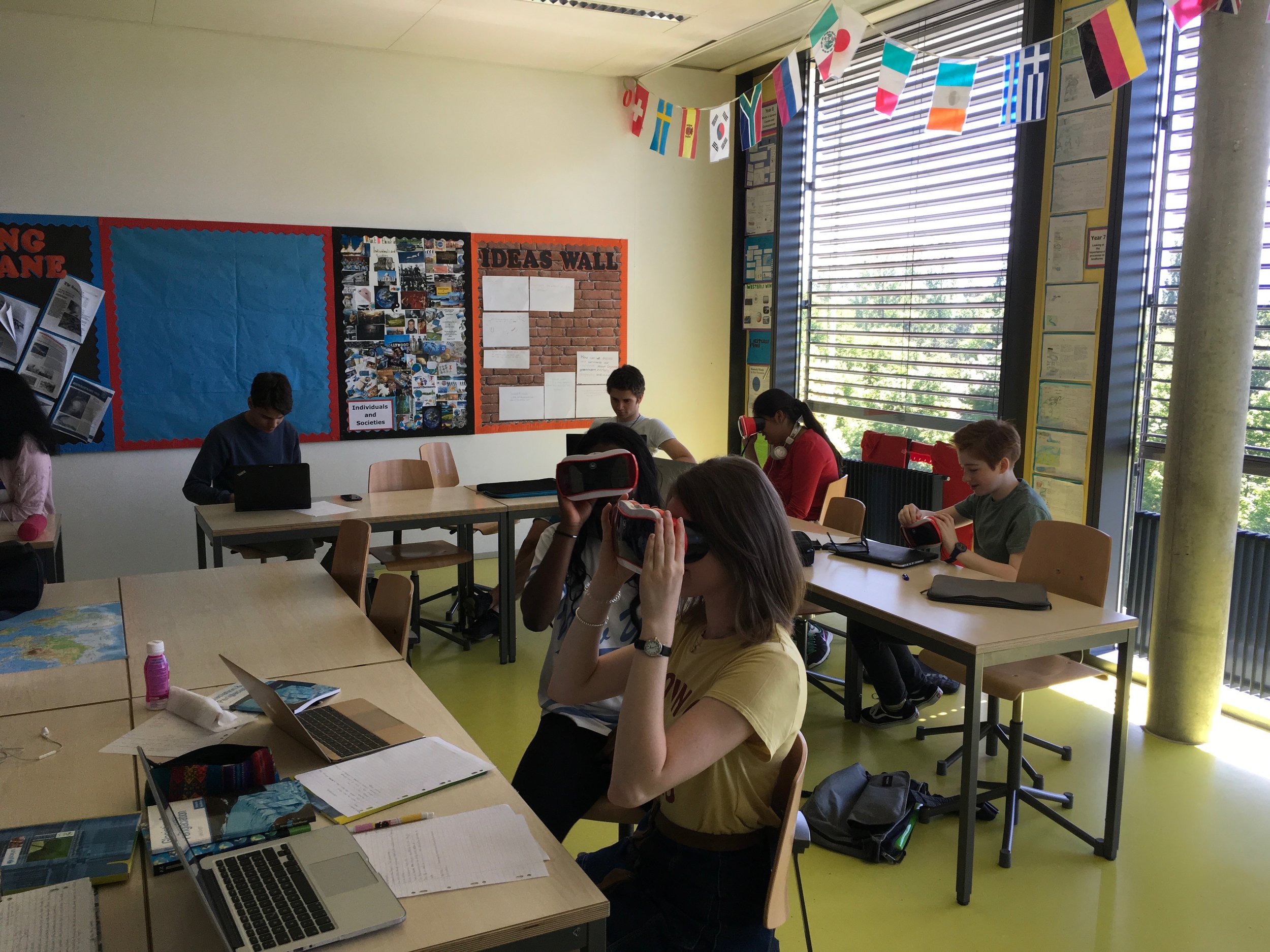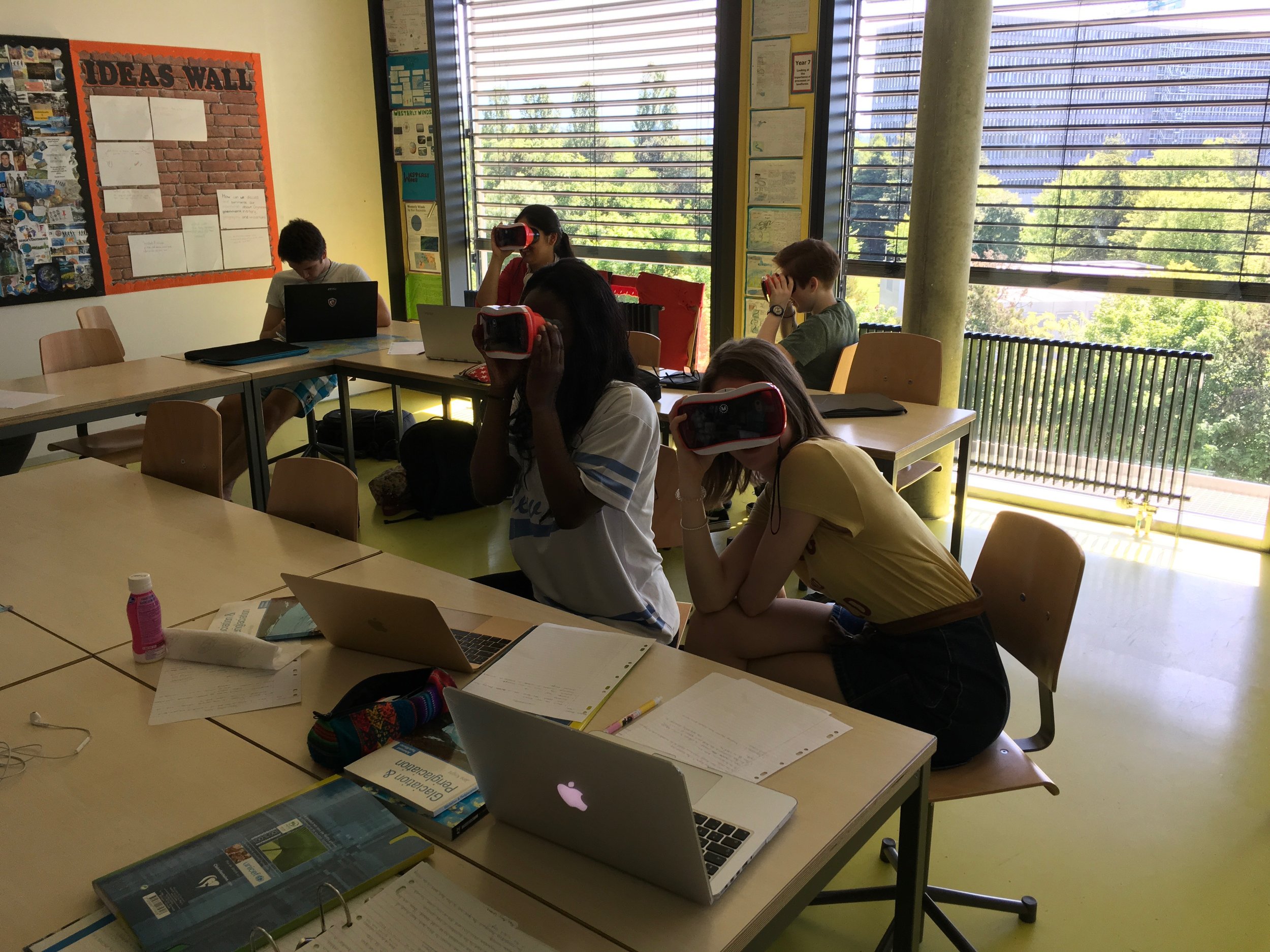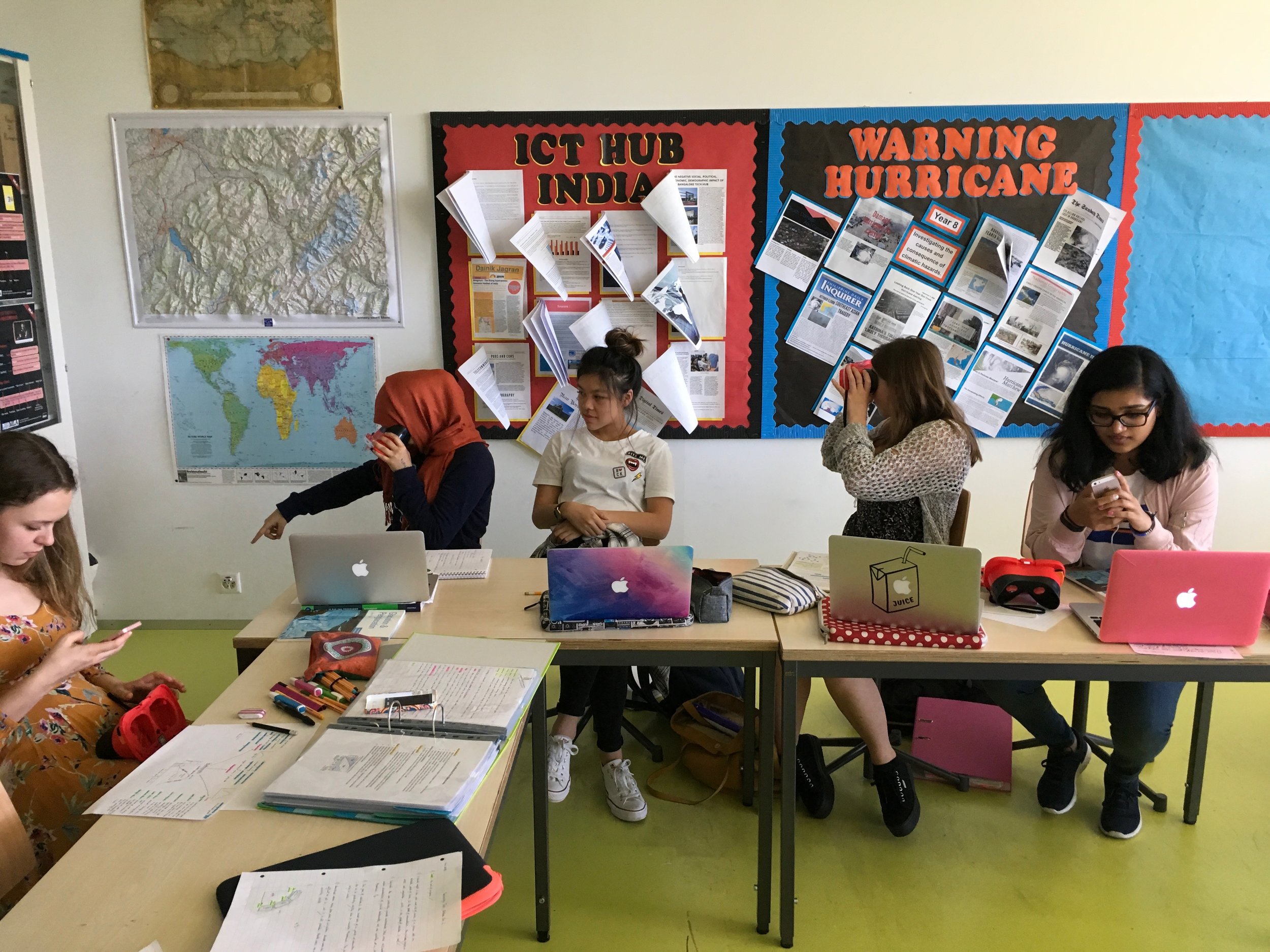To complete the unit on future cities the Year 11s have explored how cities can become more sustainable. To do this the group initially explored what sustainability was and how numerous cities across the world were trying to adapt to lower the rates of pollution, congestion, housing problems and increase green spaces. Then for a city of their choice the students investigated how an aspect of the city could be improved. Below are example of the different government reports that the students wrote.
Dhitee
Jialong
Luca

